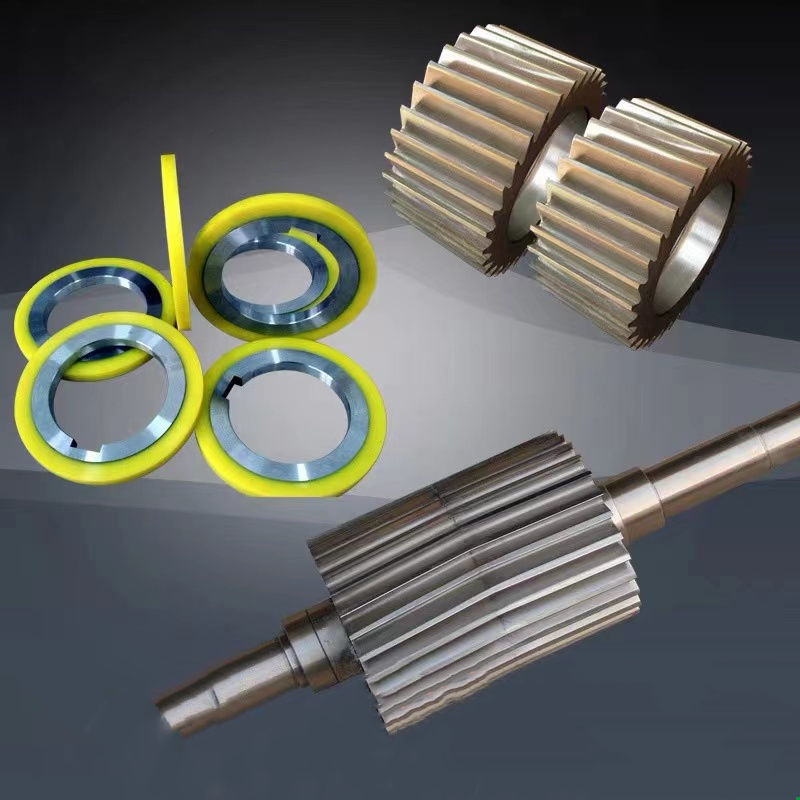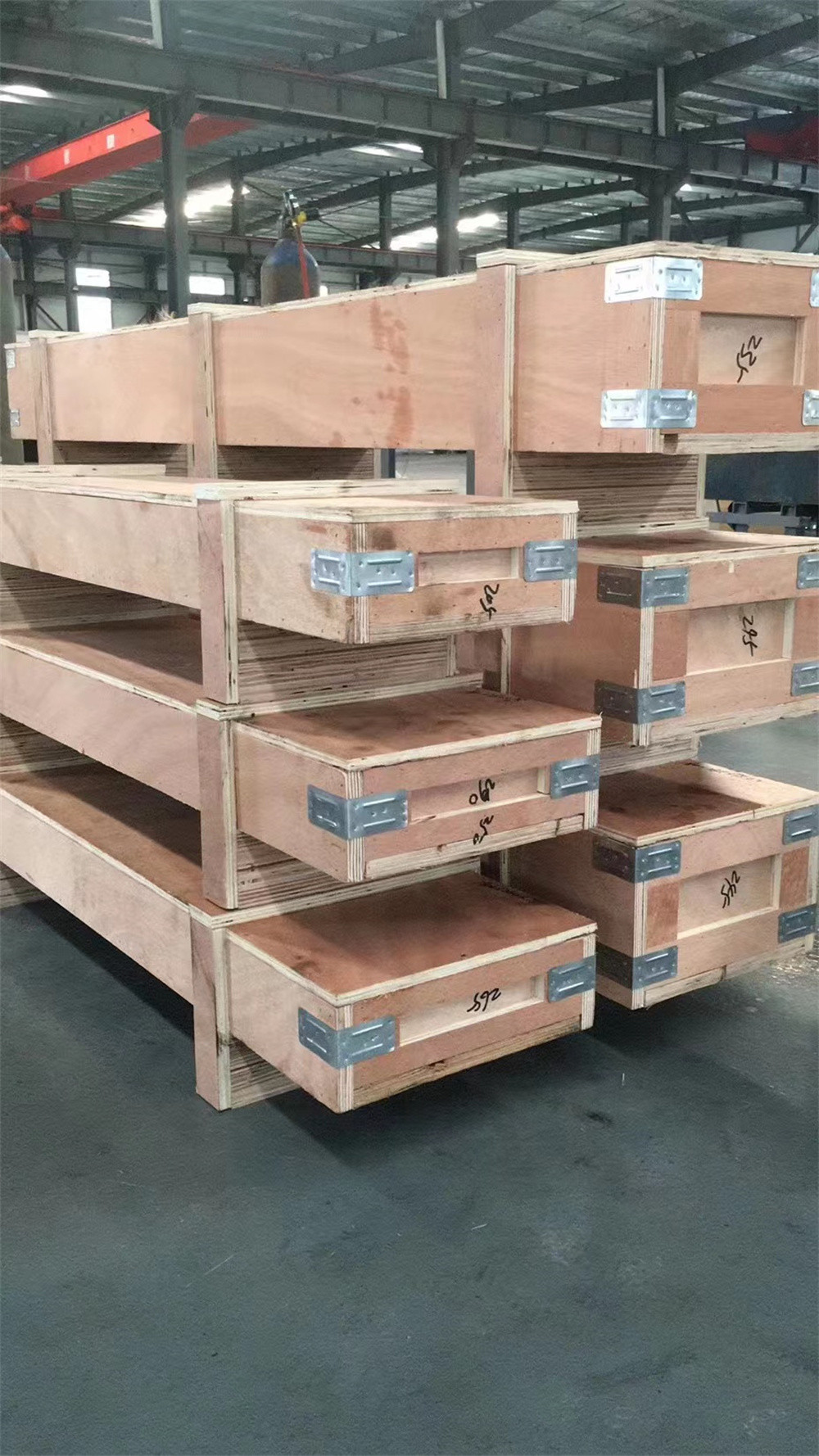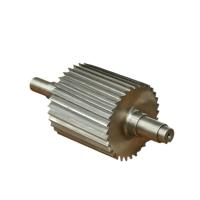Coated Tool Steels Pelletizer Hobbing Blades Cutting Plastic
Crusher
Description:
Pelletizer blades have a wide range of applications across various
industries, including:
1,Plastics Industry:
- Pelletizer blades are used to cut and granulate extruded plastic
materials, such as thermoplastics, into uniform pellets or
granules.
- These pellets are then used as raw materials for further
processing, such as injection molding, blow molding, or extrusion.
2,Biomass and Biofuels:
- In the biomass and biofuels industry, pelletizer blades are used to
convert various organic materials, such as wood, agricultural
waste, and energy crops, into compact, uniform pellets.
- These pellets can be used as a renewable fuel source for heating,
power generation, or industrial processes.
3,Animal Feed and Pet Food:
- Pelletizer blades are employed to process and granulate animal feed
ingredients, including grains, proteins, and additives, into
uniform pellets.
- The pelletized feed is easier to handle, store, and transport, and
can be formulated to meet the nutritional requirements of different
livestock and pets.
4,Fertilizers and Soil Amendments:
- Pelletizer blades are used to convert various fertilizer materials,
such as organic compost, mineral nutrients, and soil conditioners,
into easy-to-apply pellets or granules.
- The pelletized form improves the handling, distribution, and
controlled release of the fertilizer or soil amendment.
5,Ceramics and Refractory Materials:
- Pelletizer blades are utilized to process ceramic powders and
refractory materials into uniformly sized pellets or granules,
which can then be further processed into final products.
- The pelletized form enhances the handling and feeding of these
materials during subsequent manufacturing steps.
6,Pharmaceuticals and Nutraceuticals:
- In the pharmaceutical and nutraceutical industries, pelletizer
blades are used to produce uniform drug or supplement pellets,
which can improve drug delivery, bioavailability, and controlled
release.
- The precise size and shape of the pellets achieved through the
pelletization process are critical for these applications.
Pelletizer Blades Specifications:
| Product Name | Pelletizer Hobbing Blades |
| Material | Coated Tool Steels |
| OD | 200mm |
| ID | 120mm |
| Thickness | 100mm |
| Hardness | HRC 40~68 |
| Voltage | 220 |
| Applicable Industries | Plastics factory, chemical factory, timber factory |
Pelletizer blades are an essential component of pelletizing
equipment used in various industries to process and convert
different materials into uniform pellets or granules. Here are some
basic information about pelletizer blades:
1,Design and Construction:
- Pelletizer blades are typically designed as curved, rotating blades
that are mounted on a central shaft or rotor within the pelletizer
chamber.
- The blades are made from durable and wear-resistant materials, such
as tool steel, tungsten carbide, or specialized alloys, to
withstand the high stresses and abrasion during the pelletizing
process.
- The blades are often designed with features like serrated edges or
specialized cutting geometries to optimize the cutting and shearing
action on the material being processed.
2,Blade Dimensions:
- The size and dimensions of pelletizer blades can vary widely
depending on the specific application and the scale of the
pelletizing equipment.
- Typical blade diameters range from around 6 inches (150 mm) to 30
inches (750 mm) or more, while the blade length can range from a
few inches to over 20 inches (500 mm).
- The blade thickness is usually between 1/8 inch (3 mm) to 1/2 inch
(12 mm), depending on the required strength and rigidity.
3,Blade Rotation and Speed:
- Pelletizer blades are designed to rotate at high speeds, typically
in the range of 300 to 1,200 rpm, to effectively cut and shape the
material being processed.
- The rotational speed of the blades is a critical parameter that
affects the pellet size, shape, and quality, and is optimized for
the specific application.
4,Blade Maintenance and Replacement:
- Due to the harsh operating conditions, pelletizer blades are
subject to wear and require regular maintenance and replacement.
- Blade wear is influenced by factors such as the abrasiveness of the
material, processing conditions, and the blade material itself.
- Proper maintenance, including regular blade inspection, sharpening,
and replacement, is essential to ensure consistent pellet quality
and efficient operation of the pelletizing equipment.
5,Blade Cooling and Heating:
- In some applications, pelletizer blades may be equipped with
cooling or heating systems to regulate the temperature of the
blades during operation.
- This temperature control can help manage the material properties,
prevent undesirable chemical reactions, or optimize the pelletizing
process.
Picture:

Application:

Packing & Delivery:









